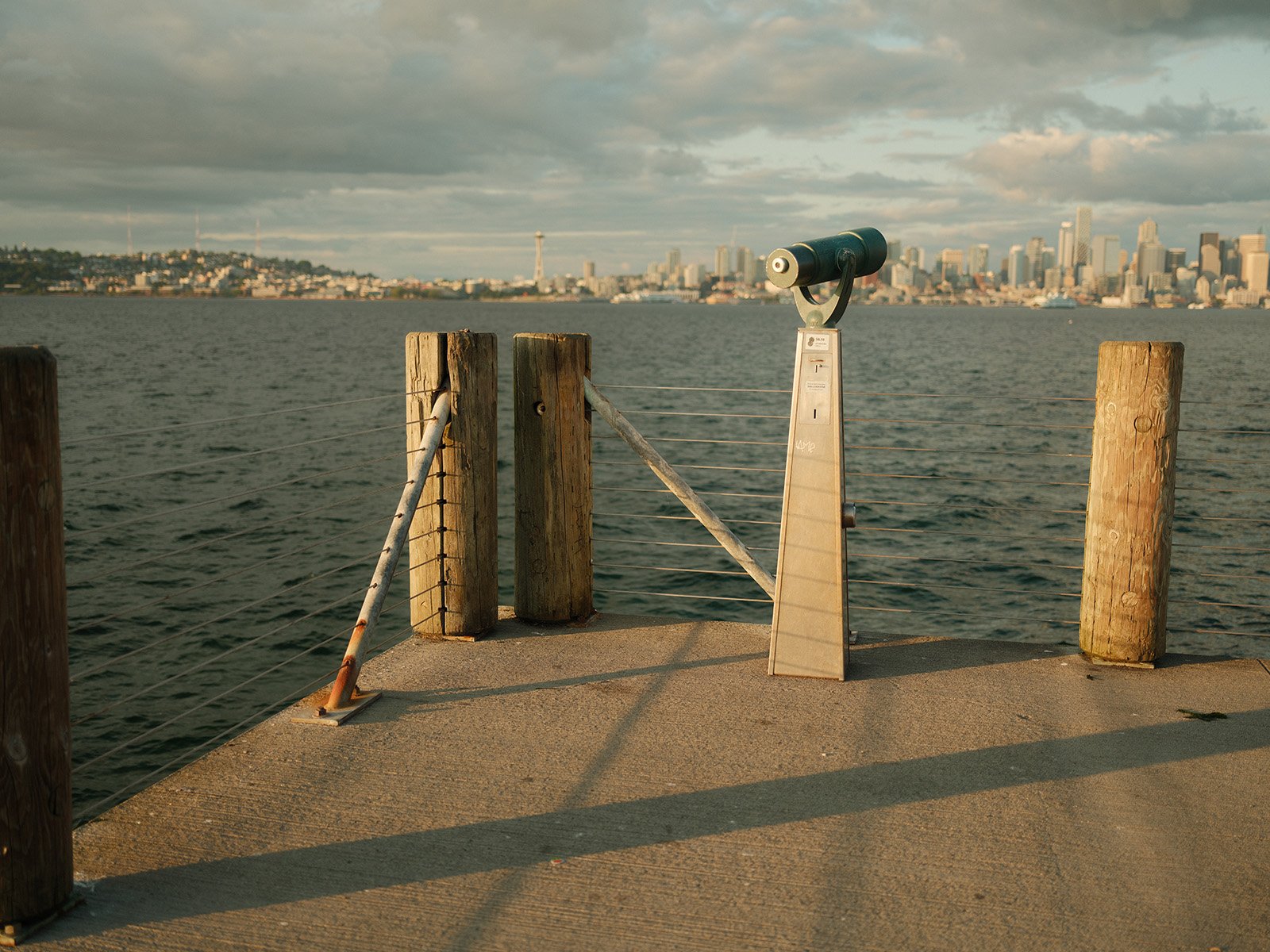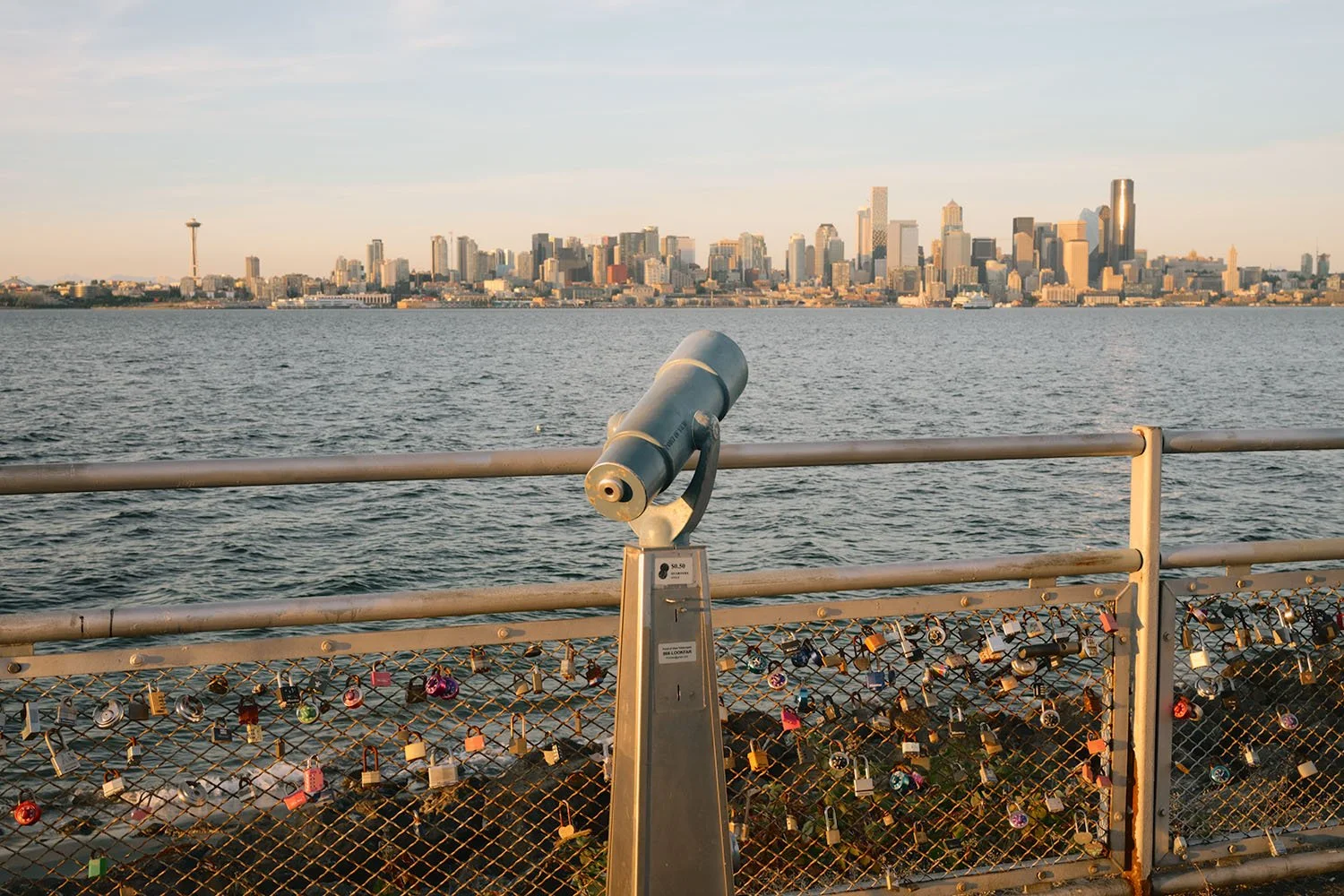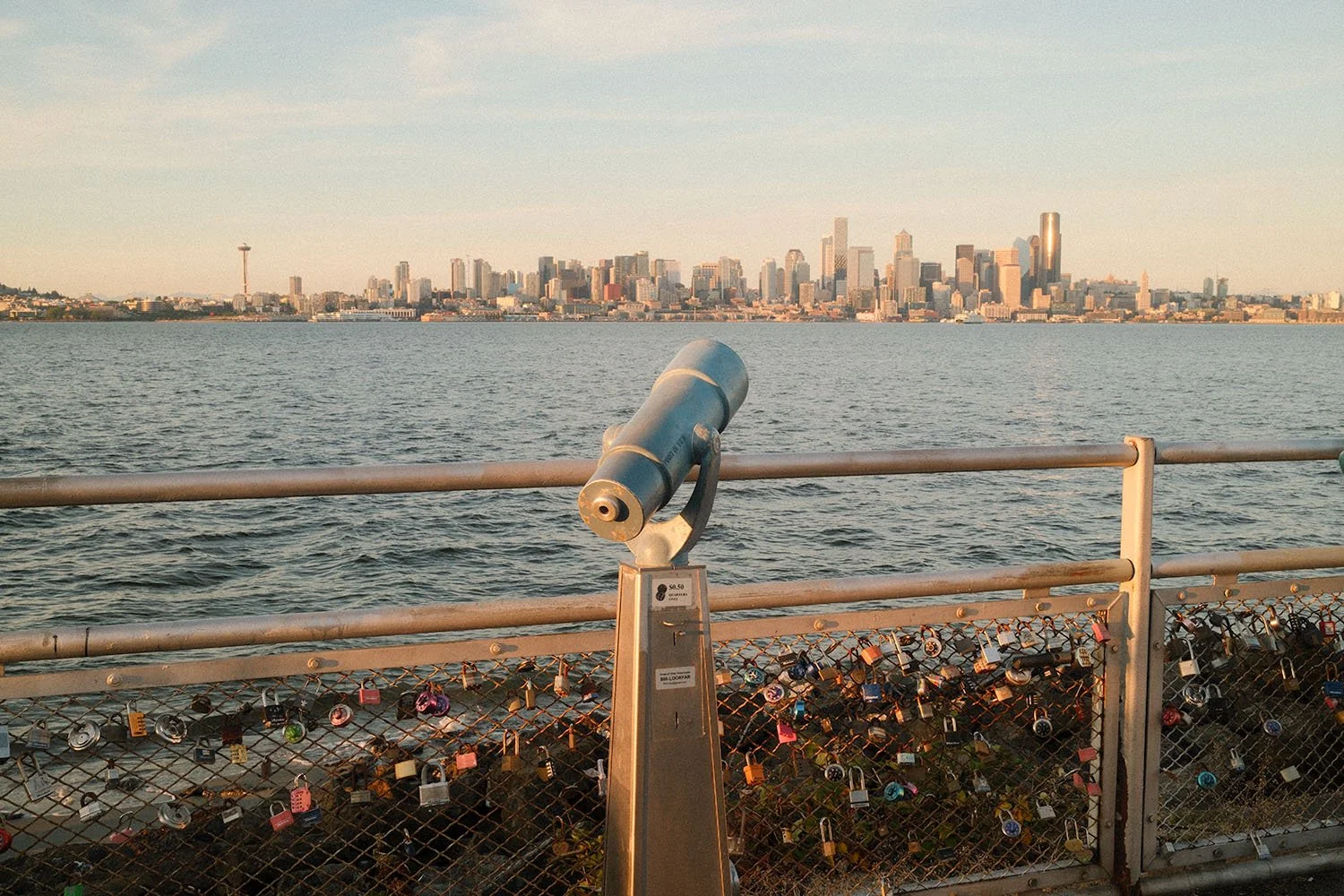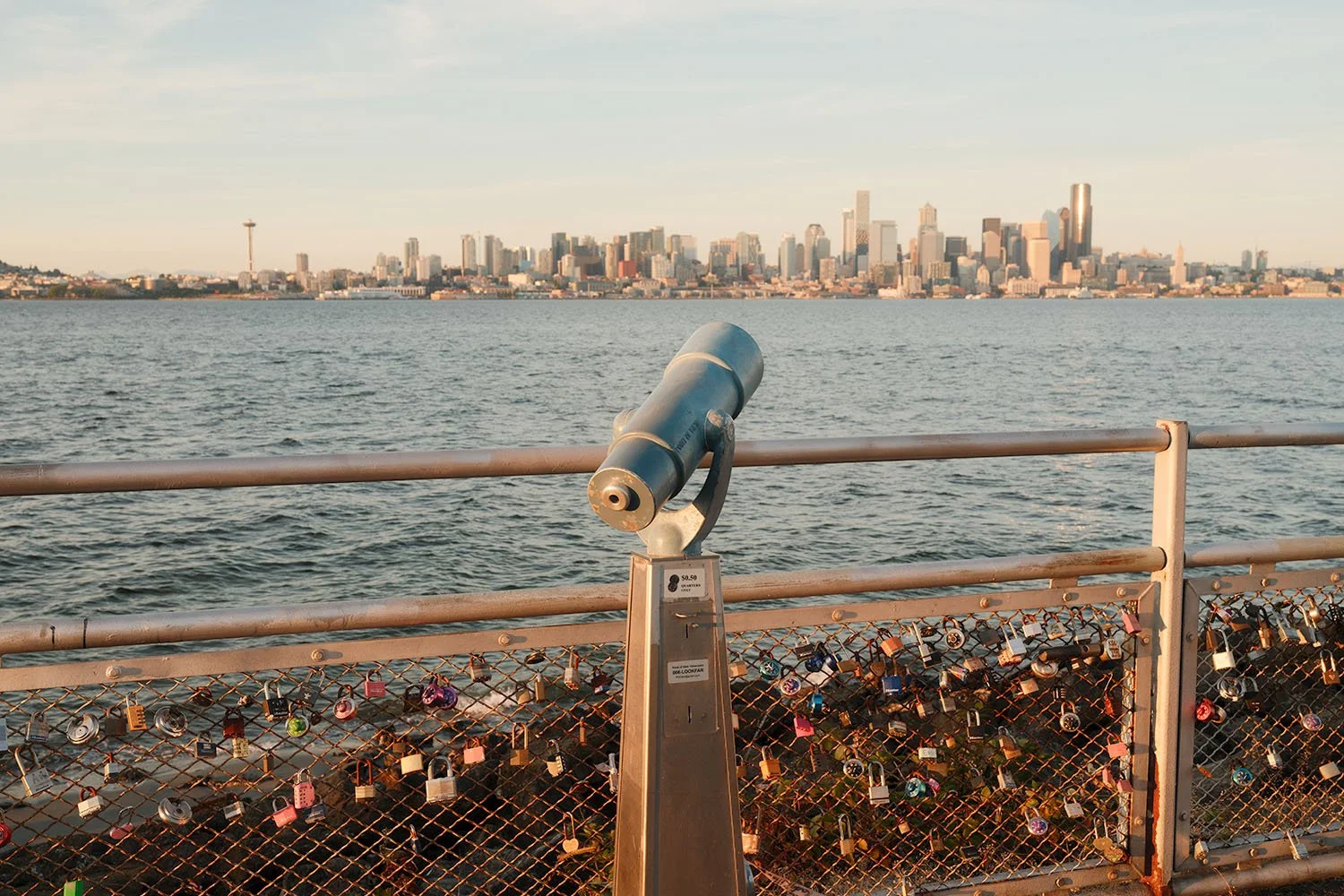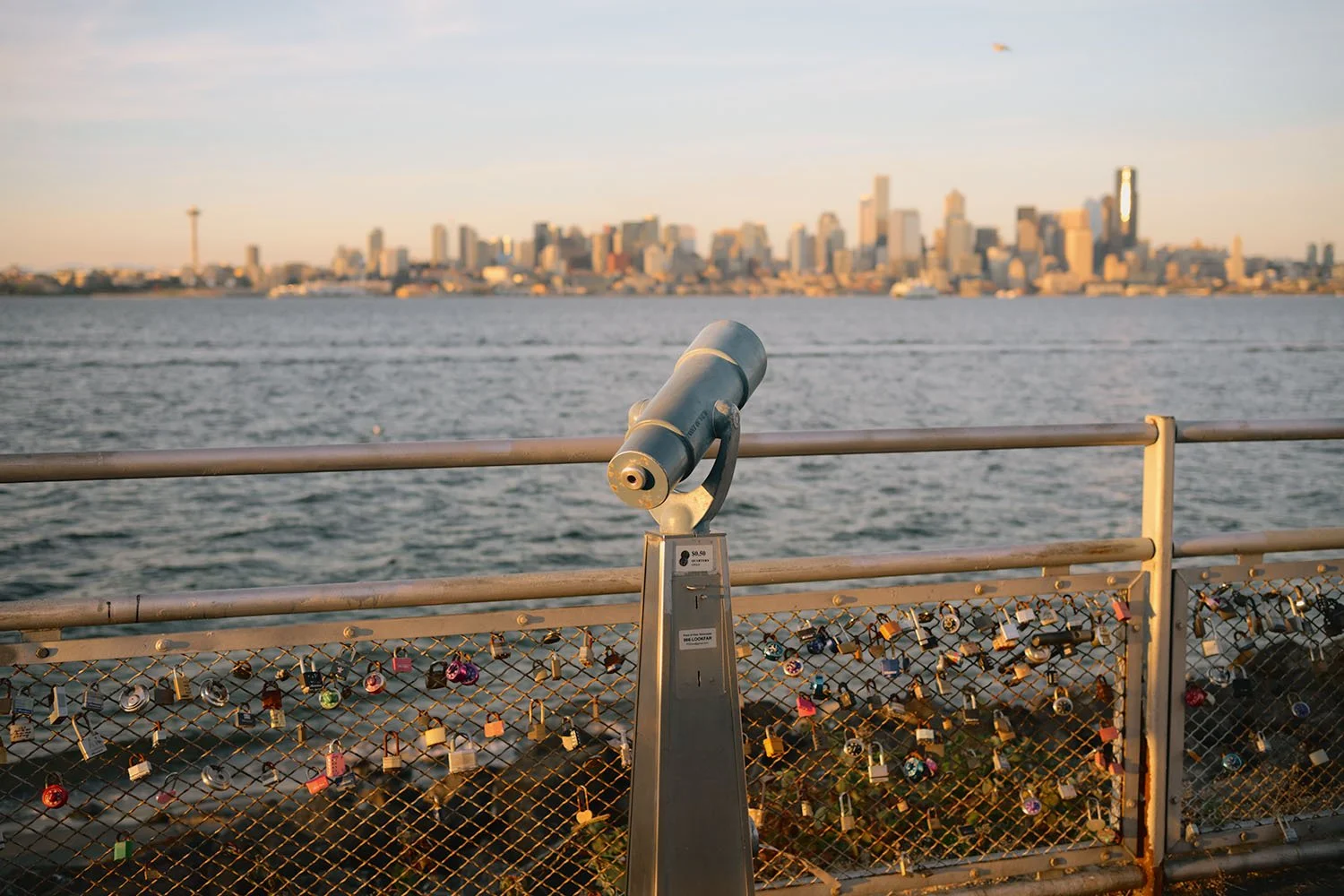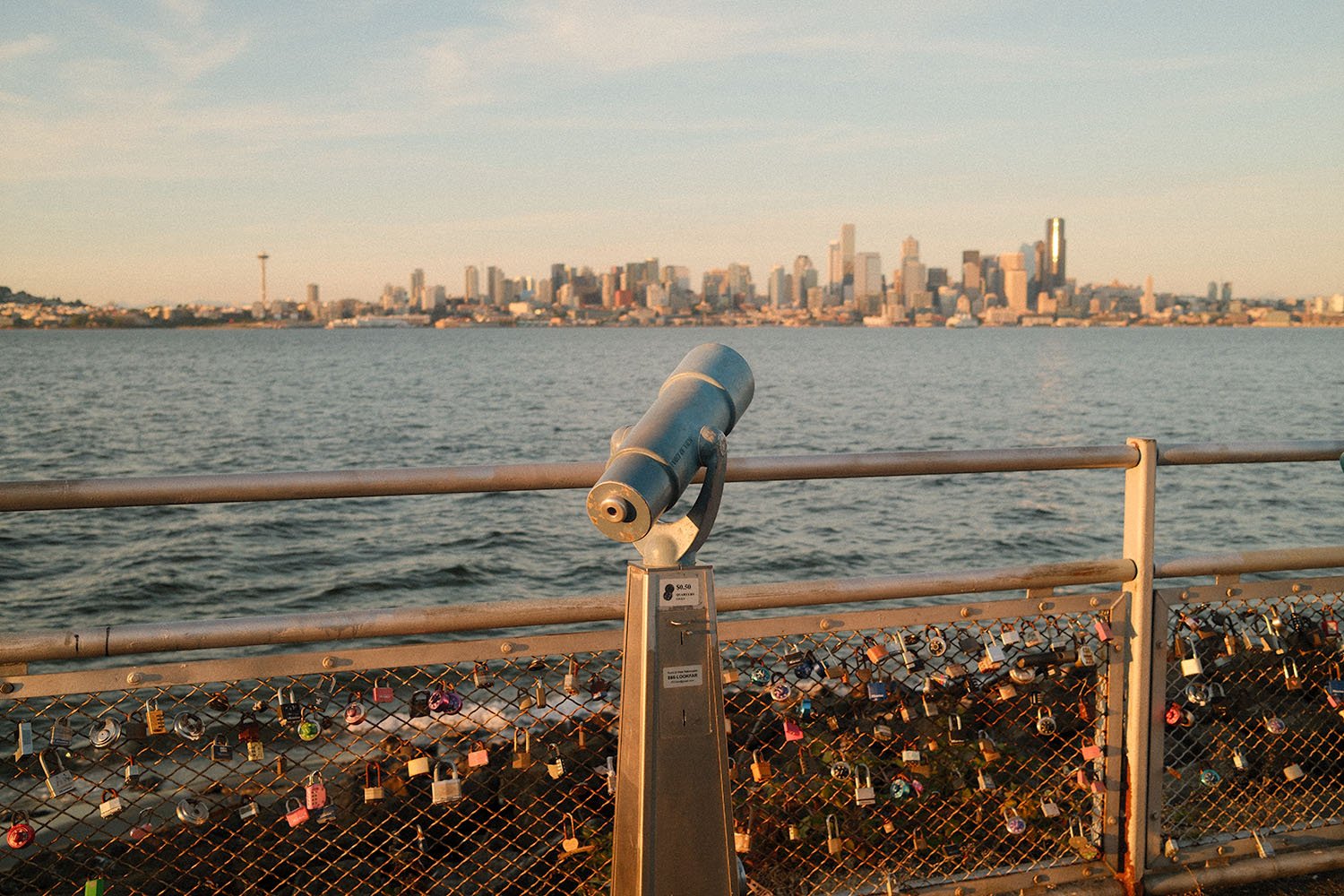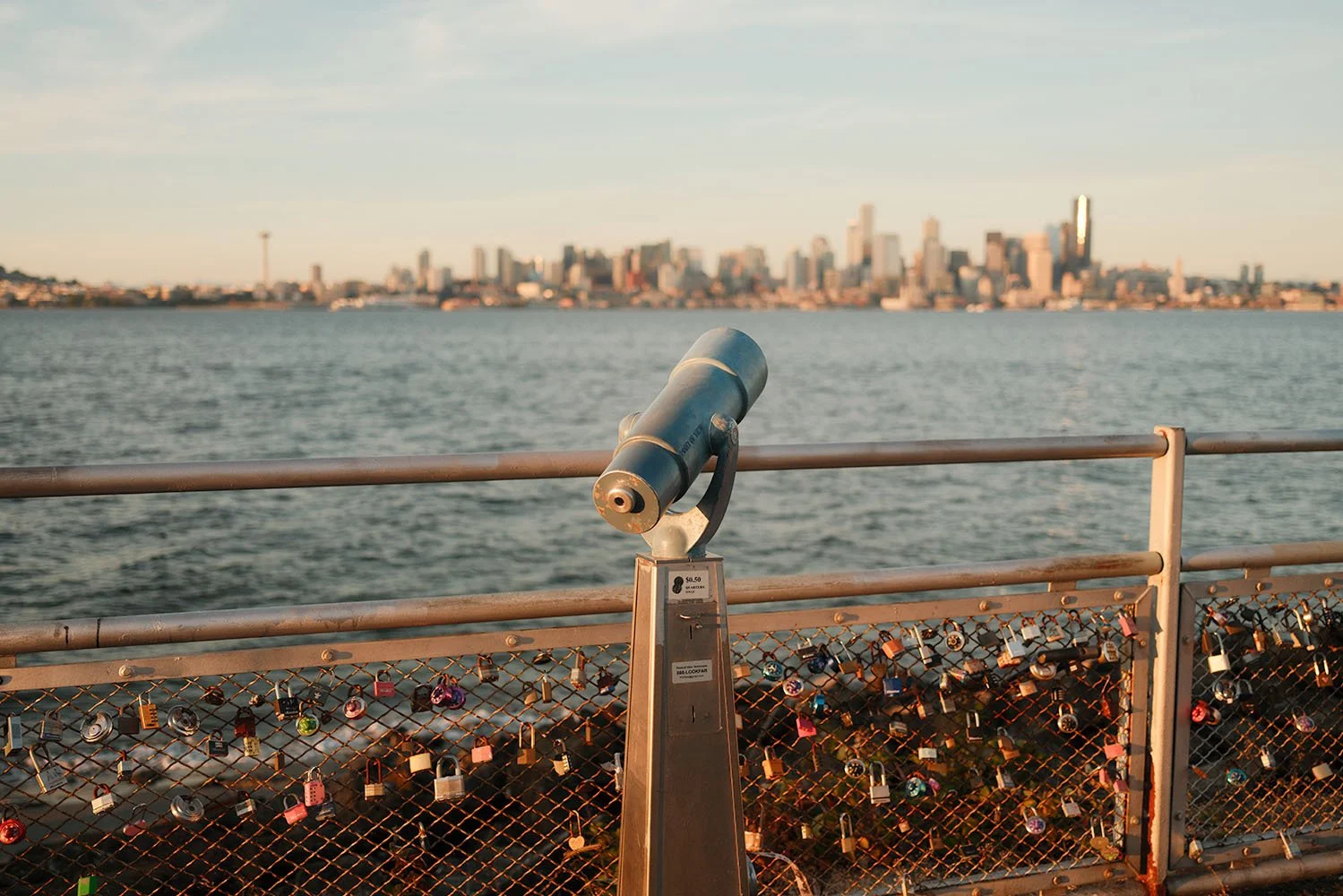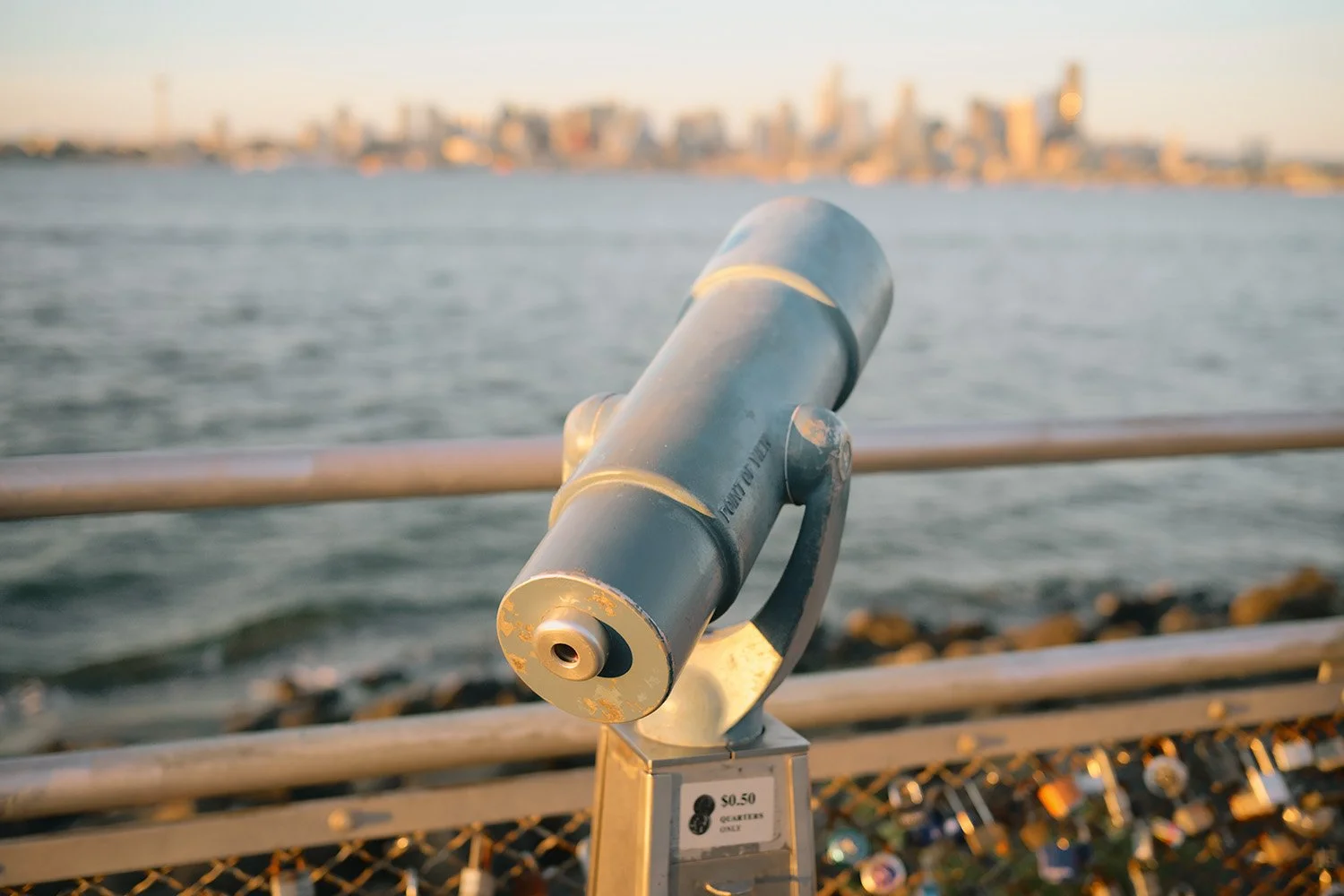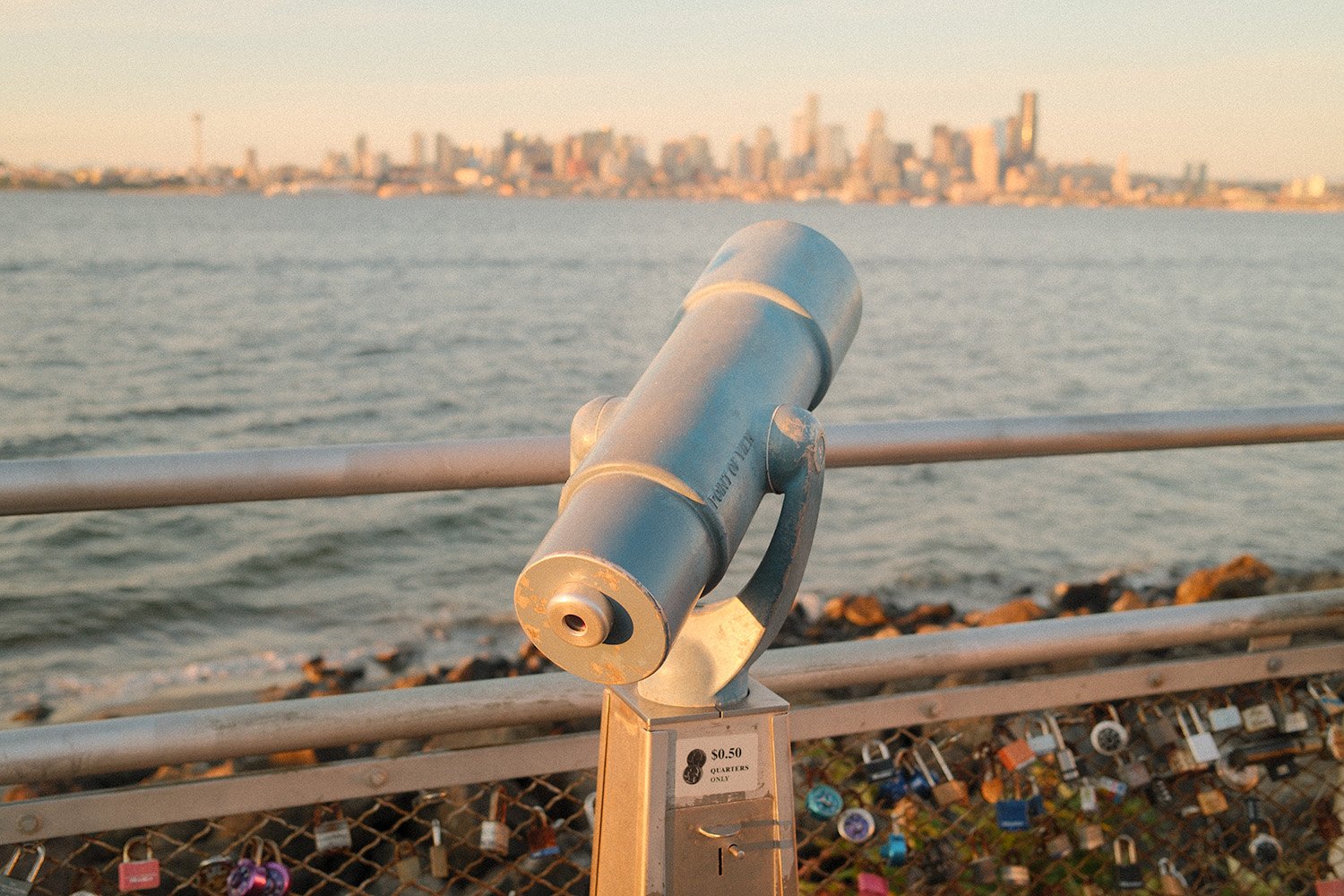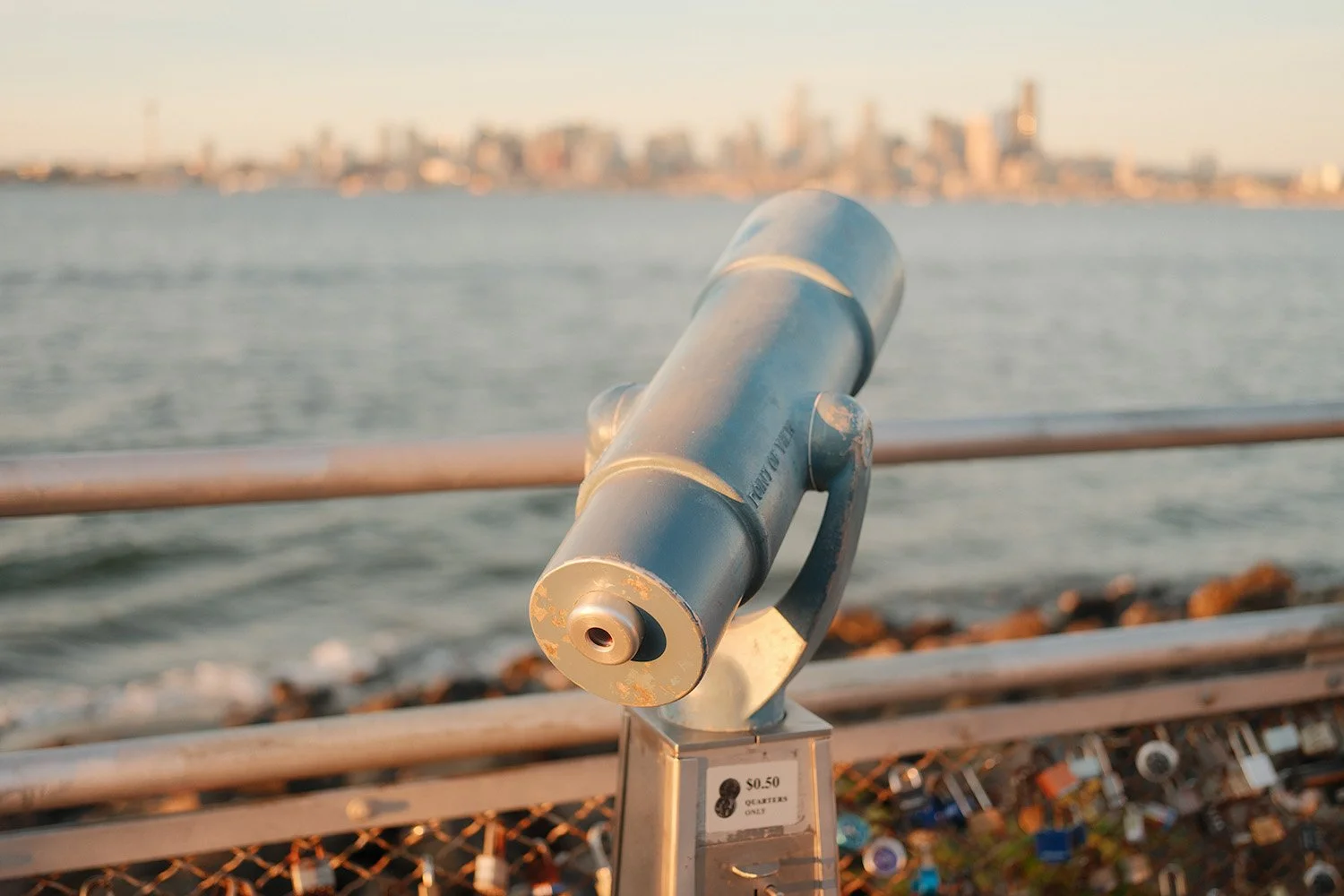The Magic of Medium Format… is a lie?
I recently got to spend some time with the Fujifilm GFX100S II (thanks Fujifilm!) and from the moment I took the first shots, I was skeptical. Not because the images weren’t great, they were incredible. So much so that it seemed too good to be true. Was it just the moment, the light, or was there something more going on with this sensor? Instead of rushing off and dropping $7,000 on my own Fujifilm GFX100S II, I reserved judgement until I could put it side by side to a few of the other cameras I have at my disposal.
This isn’t my first time shooting medium format. Recently I owned the Hasselblad X2D and while those images were full of detail, they never made me question my camera choices, which is why I was so confused by my first shots with the GFX100S II as they have the same sensor.
Fujifilm GFX100S II - Straight out of Camera using Portra 800 Recipe
This is from that first evening with the camera and is completely unedited (it does use a recipe). Now this photo might not be compositionally impressive or the subject all that interesting but that isn’t what matters here. What matters is how the image feels. For lack of a better term, the younger generation might call it “vibe.” God I cannot believe I just typed that. Is this the “Magic” that many people refer to when they talk about Medium Format? Lets find out by putting it side by side to my Nikon Zf (full-frame) and the Fujifilm X100VI (APS-C).
Now lets get this out of the way. This is not a scientific test or comparison. I’m not trying to pixel peep, test dynamic range, or push these cameras to their limits. The benefits of Medium Format sensors are:
Highest resolution and detail - The GFX100S II is four time as many pixels as the Nikon Zf and more than double the X100VI
Most dynamic range - You can capture more latitude of light with medium format
Best low-light performance
None of these are up for debate. The GFX100S II takes the highest quality images of almost any camera in 2025. What I care about is how the image feels, the asthetic and ‘look’ right out of camera. Can I walk up to a scene and capture the above image in the same way with my other cameras or do I need something different?
I thought the best way to test this was to go back to the same exact spot with all three cameras and try to recreate that magic. Sadly there were people in this spot fishing the entire time so I had to audible to another, albeit similar, spot not far away.
A few disclaimers here. The focal lengths are not perfectly matched. The GFX100S II and X100VI are essentially the same focal length at 35mm, but I did crop the top and bottom off of the GFX100S II’s image because the sensor is 4:3 rather than 3:2 like the Zf or other X100VI. The Nikon Zf is at 40mm because its the only lens I have, thus you’ll see a slight perspective difference and I took a small step back when using that camera.
Secondly, these images are “mostly” straight out of camera JPEGs. The Nikon Zf is using my Portra 800 recipe, while the Fujifilm X100VI and GFX100S II are using my Fujifilm Portra 800 recipe. These are not the same and the recipes are quite different. For example you’ll notice much heavier grain on the X100VI image because the Nikon Zf doesn’t have any grain and the GFX renders grain much differently on the much larger sensor. Last but not least, I had to do some white balance matching here. Fujifilm processes white balance really weirdly when using recipes. You technically choose a white balance and lock it into the recipe, but it’s not the same as manually choosing a white balance if you weren’t using a recipe. The Nikon handles white balance in recipes completely differently. The end result is that I matched both cameras closely to the original shot of the GFX100S II. You’ll see that color wise, the X100VI and GFX100S II are very very similar, where as the Nikon definitely renders reds differently.
This above example is shot at f11 on all three cameras. Now just like with focal length, there is an equivalence calculation you should do for achieving similar depth of field but that wasn’t what I wanted from this comparison. I wanted to walk up to a scene and see if a bit of that “magic” of medium format was simply the difference in depth of field.
Without even enlarging the images you can tell the depth of field difference between the three images is obvious. Is this the magic that people talk about with medium format? The reality is that if you want equivalent depth of field, I should have had the Nikon Zf at f3.5, the GFX100S II at f4.5, and the X100VI at f2.2 (roughly). If you want to know how this works, watch this video.
Another thing that doesn’t get brought up enough in discussions of sensor sizes is the times you actually want more depth of field. A great example is above in the shots at f11; I wanted the city skyline in focus as much as possible. The intention with that image was to get detail in the skyline and the GFX100S II did not accomplish that. I think its only fair that if I’m to be impressed by the shallow depth of field in large aperture tests that I must also be critical of how small your aperture must be to get such a scene entirely in focus.
Again these are not scientific tests done with identical setups in a lab. The lens on the GFX100S II for example, Fujifilm GF 45mm f2.8, costs more than the other two cameras by itself. This is the type of thing that can have significant impact on how out of focus areas render, colors and specular highlights, and of course sharpness of the overall image.
Another shot taken at f2.8, this time much closer to the subject giving us the most creamy bokeh test. Which again if I was really attempting to get equivalent bokeh, I would need to convert aperture instead of match. The question is, is there something special going on with the medium format sensor?
At this point I feel pretty confidently in saying no. There isn’t some special magic in the medium format image in comparison to the other two cameras. Is it the sharpest, most detailed pixel peepers dream? Absolutely. The technical aspects of the images are fantastic. However it’s also the most expensive, bulkiest, and most cumbersome camera of the group as well. What I really wanted to answer was if I had walked into the scene I began the article with, could I have captured it in camera with something else? After this comparison, I believe I could have.
That feeling being blown away was more likely due to beautiful conditions, just the right amount of moisture in the atmosphere, and mother nature. I will say the colors coming from Fujifilm’s film simulations, and in turn their recipes, can be really pleasing. This likely played a role as well, but as you can tell from the direct comparison to the Fujifilm X100VI, it’s achievable outside of medium format.
If you’re interested, I’m including a download to a set of raw files from each camera that you can feel free to play around with. Please only use these for personal use. All I ask is for your email!

